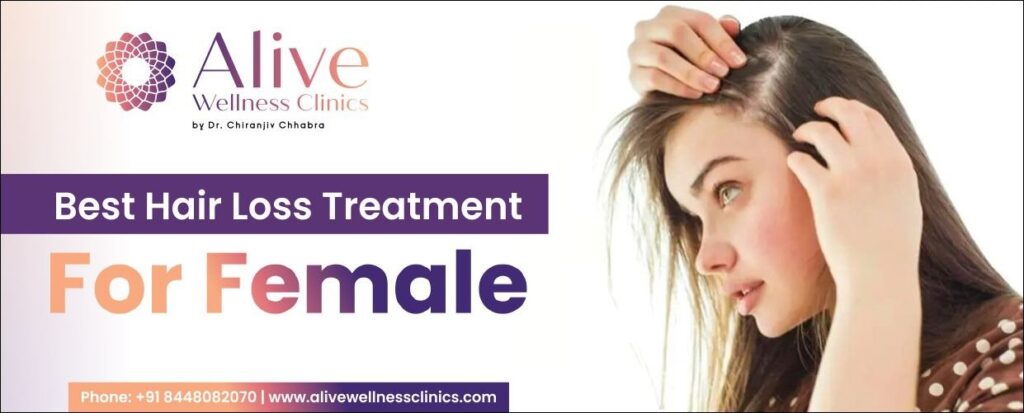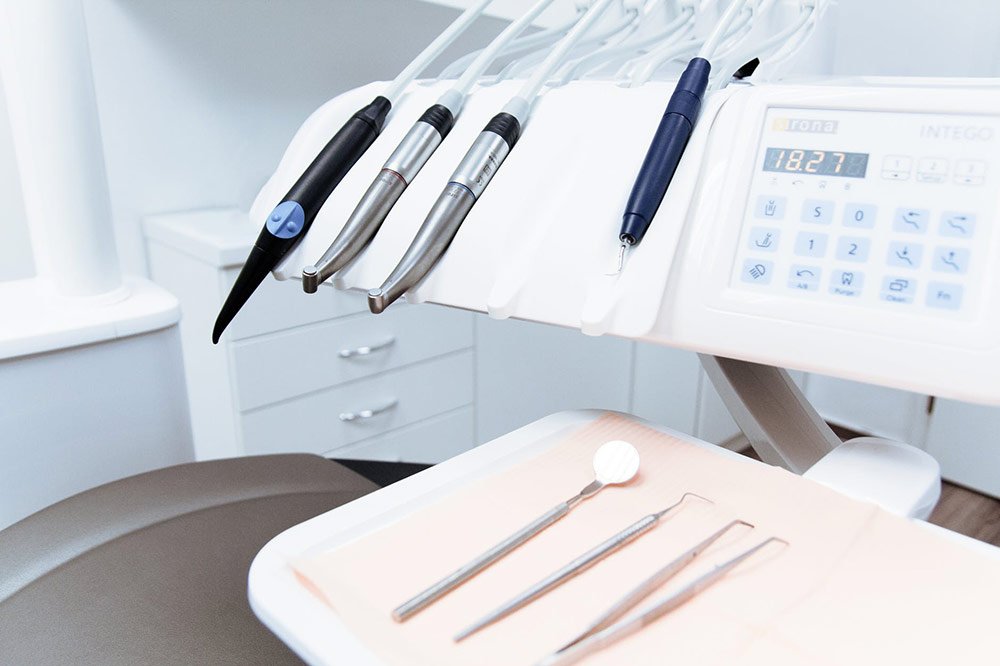Hair plays an important part in defining our appearance, and for this reason, most women remain extra careful about the health of their hair. But, about one-third of women across the globe experience hair thinning and hair loss. Alopecia in women is common and majorly occurs due to genetics, age, and certain medical conditions. Menopausal women are likely to experience massive hair fall and hair thinning in the later years of life. If you notice that you are losing more than 50-100 hair stands, probably you’re suffering from hair thinning and must seek a dermatologist or hair transplant expert to determine the cause and treatment for the condition. Hair loss in women can be extremely irritating, but the past few years have witnessed several treatment options for the management of hair loss in women.
Table of contents
- Hair loss in women and their causes
- Treatments for female pattern baldness
- Hair Transplant in Women
Takeaway
FAQs
-
Hair loss in women and their causes
The causes of hair loss in women are many, right from genetics to lifestyle and medical history. Here are a few common factors that contribute to hair loss in women-
- Heredity: While considering genetics as a precursor to baldness, we relate it to male pattern baldness. But, women are equally susceptible to hereditary hair loss. In women, hair loss generally occurs on the crown of the head, whereas it starts from over the temples in men to form a characteristic M shape.
- Childbirth: Many women notice their hair grows healthy and shiny during pregnancy, thanks to the surge in estrogen hormone. But once the estrogen returns to normalcy after delivery, it may cause massive hair fall, and hair thinning can be very rapid, creating a few bald patches over the scalp.
- Nutritional deficiencies: Besides genetics, nutrition plays a crucial role in maintaining hair health. Diets that lack iron, zinc, vitamin B3 or niacin, and proteins make one of the prime causes of hair loss in women. Treating a nutritional deficiency typically starts with your nutritionist or doctor. Climatic conditions and environmental pollution can also trigger hair loss in women and men.
- Wearing tight hairstyles: The type of hair loss that occurs due to wearing tight hairstyles such as corn braids, high buns, and tight ponytails is called traction alopecia.
- Emotional and physical stress: Emotional, traumatic, or stressful conditions such as a recent breakup, job change, or death in the family may trigger hair loss in women. However, it’s temporary and generally stops as the impact of stress or emotions becomes less intense.
Apart from that, certain autoimmune disorders, birth control pills, and treatments such as chemotherapy may cause hair loss in women.
-
Hair loss treatments for women
Whether your hair loss is temporary or permanent, you must schedule an appointment with your doctor to find out the best treatment plan. Common treatments for hair loss in women include–
- Minoxidil: Minoxidil or rogaine is an over-the-counter medication used to manage baldness in both men and women. It is applied topically on the bald patch over the scalp. Minoxidil is an effective topical medication for hair loss; it works for certain types of baldness, and not everyone gets the desired results from it. Also, you may lose some hair during the first few days of its application, but it stimulates quick hair growth in the treated area of the scalp.
- Anti-androgens: Higher levels of androgens ie. Testosterone in women may trigger massive hair thinning and hair fall in women. Some women who did not respond well or feel the change in the pace of hair fall may be prescribed anti-androgen medications. Spironolactone is one of the commonly prescribed medications for treating female pattern baldness. Anti-androgens are highly recommended for women suffering from hair loss due to polycystic ovarian disorder, where their bodies produce more androgens.
- Iron supplements: Iron deficiency is a common cause of hair fall in women. One of the best ways to treat hair loss in women is to eat an iron-rich diet or take iron supplements as prescribed by your doctor.
- Hair Transplant in Women
Though hair transplant makes a more common treatment for men suffering from baldness, women suffering from high-grade baldness too can get it done. You may opt for either Follicular Unit Transplant (FUT) or Follicular Unit Extraction (FUE). However, most hair transplant surgeons recommend the FUT technique over FUE due to its higher success rate and lesser donor grafts wastage. If you are suffering from bald patches as a result of mechanical or traction alopecia, injury, chemotherapy, or surgery, getting a hair transplant can bring an immense difference in your appearance and confidence.
The takeaway
Hair loss in women is common but can be reversed with medications or hair transplants. At Alive Wellness, New Delhi, we are committed to delivering the best hair transplant and skincare treatments by using cutting-edge technology for the best results.
FAQs
Is baldness in women reversible?
Female pattern baldness is different from male pattern baldness and is characterized by thinning hair. Only women with high-grade baldness develop bald patches, while in others, the condition is treatable with medicines.
What makes a woman a good candidate for a hair transplant?
A woman suffering from high-grade alopecia due to traction, injury, and medical and cosmetic treatment makes an ideal candidate to undergo a hair transplant.




